
A research group finds that populations of Siebold’s beech, Fagus crenata, at their northernmost limit are more genetically diverse than estimated, and may have persisted there since before the last glacial maximum.

A research group finds that populations of Siebold’s beech, Fagus crenata, at their northernmost limit are more genetically diverse than estimated, and may have persisted there since before the last glacial maximum.
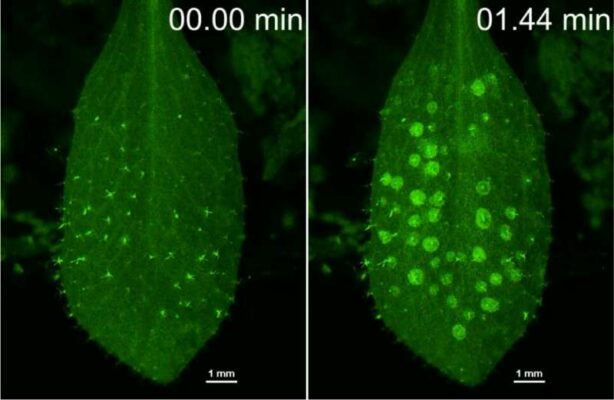
While rain is essential for the survival of plants, it also contains bacteria and other pathogens which can cause them harm. So how do plants protect themselves from this threat?
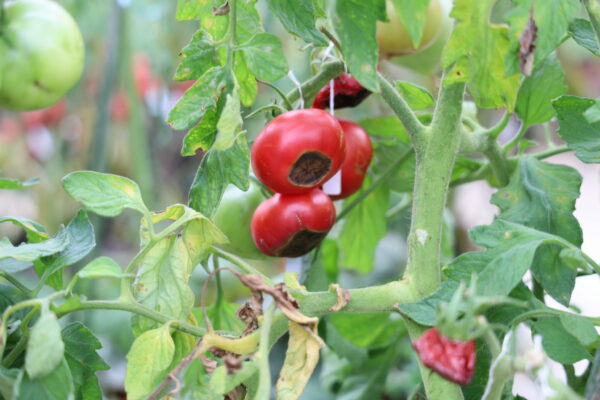
Living beings need elements to develop properly. The study of ionomics measures and analyses the element accumulations in living organisms to determine which mineral nutrients are required and not required for growth.
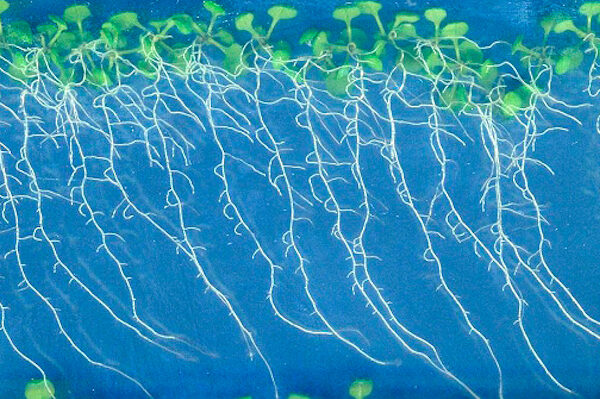
Researchers find that plant root tips are constrained to a dome shape, similar to that of an arched bridge, because of one-directional and localized tissue growth.
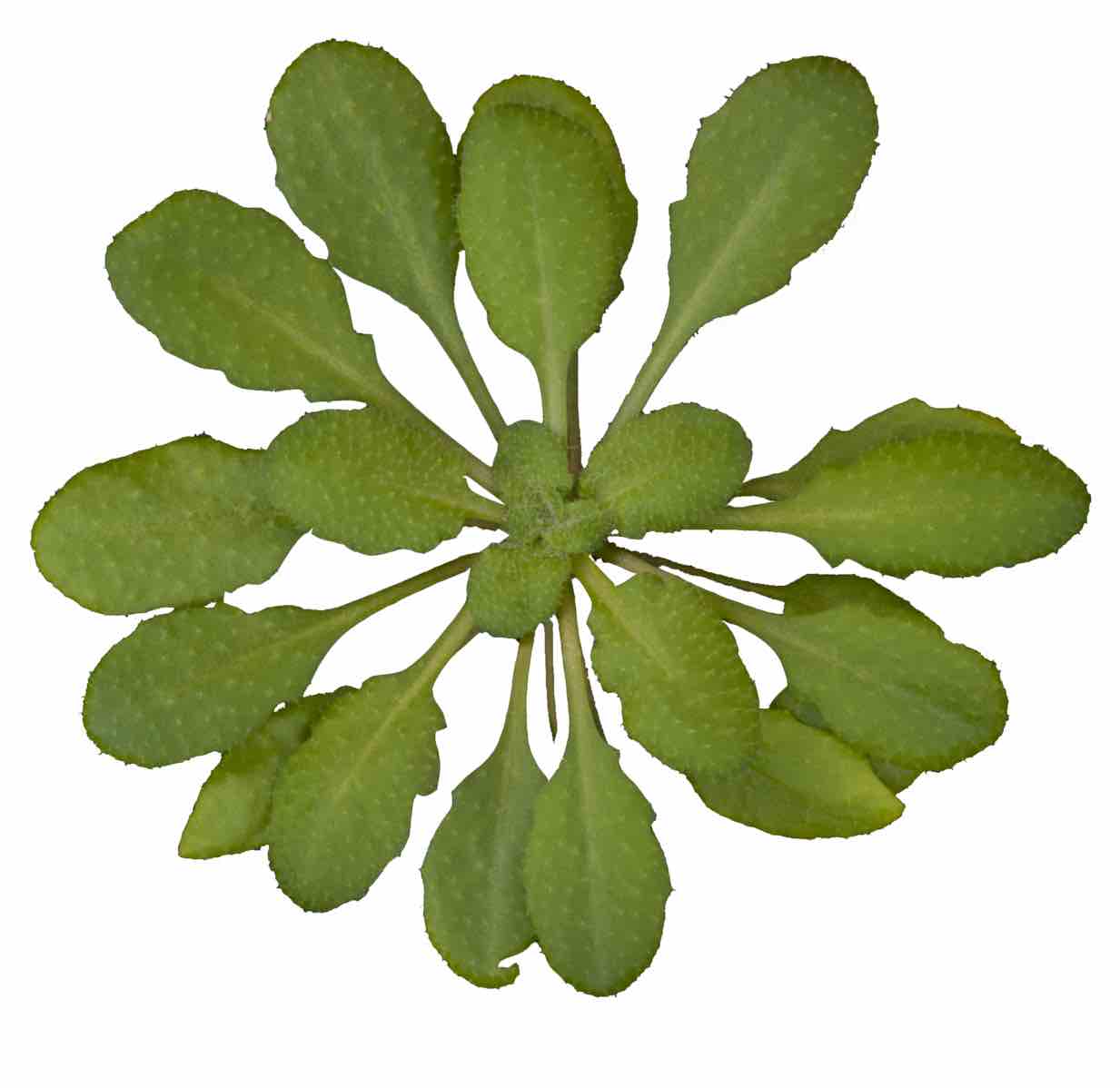
How “elicitors” can initiate defense responses in plants against herbivores, and can potentially lead to development of pesticide-free agriculture.

Research team finds spraying leaves with vitamin C prevents cell death and enhances production of high-value pharmaceutical proteins in plants.
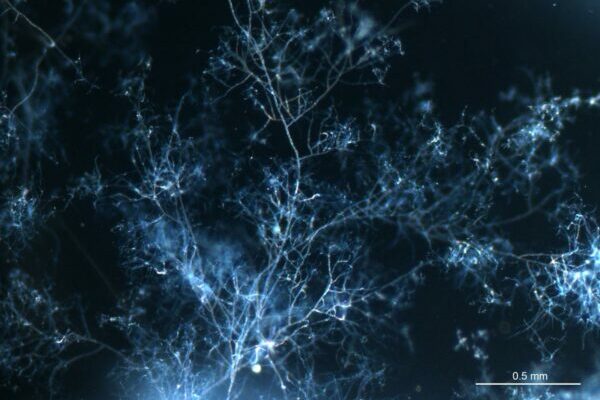
Scientists around the world have been working to grow arbuscular mycorrhizal fungi without their host plants because they can be used as organic fertilizer in agriculture and forestry. AM fungi help plants receive nutrients from the soil through a network that is efficient and far more reaching than their own roots can provide. Now researchers have successfully demonstrated that AM fungi can be grown asymbiotically when given myristate as a carbon and energy source.
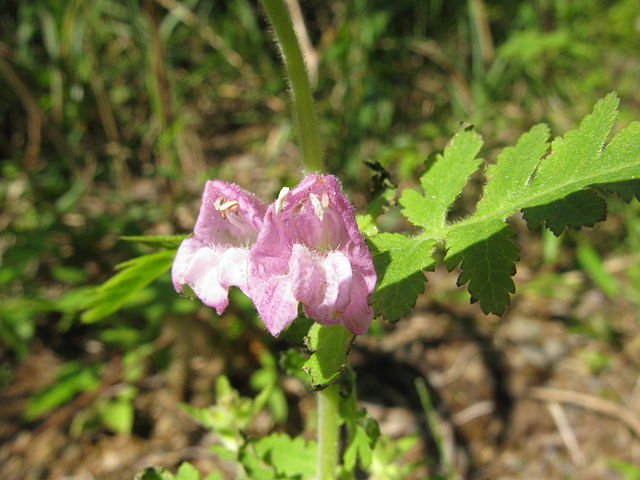
To develop a successful parasitic relationship, parasitic plants form a specialized structure, the haustorium which attaches to and invades the host plant. The formation of haustoria is regulated by signal molecules derived from the host plant and allows the parasitic plant to absorb water, nutrients, and small materials from the host plant. Now, researchers find that the plant hormone ethylene mediates the invasion of hosts by parasitic plants

Known degradation pathways are not involved in chloroplast turnover but are required for damage and starvation responses. Plant cells use an unknown mechanism to mark damaged chloroplasts for destruction, biologists have discovered.
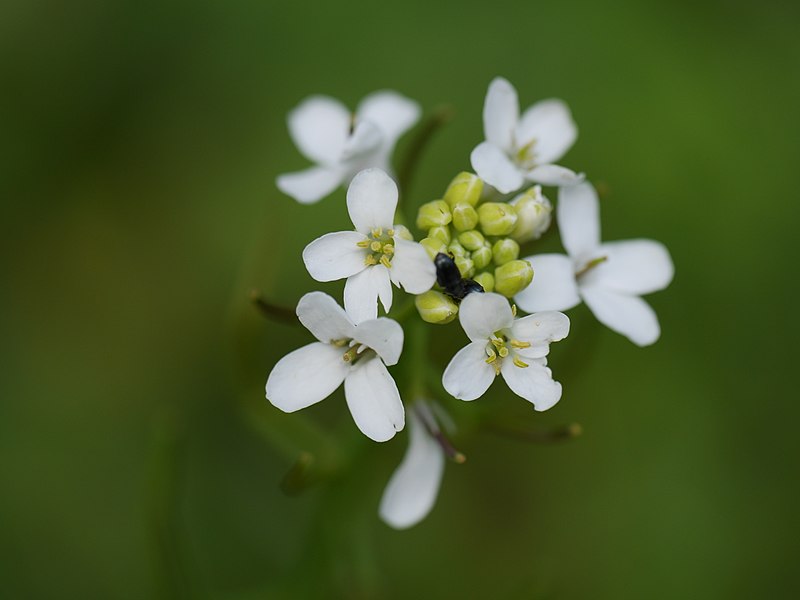
Planting Parasites: Unveiling Common Molecular Mechanisms of Parasitism and Grafting. β-1,4-glucanase, a cell wall degrading enzyme, is integral for plant parasitism and cross-species grafting in the plant family Orobanchaceae.